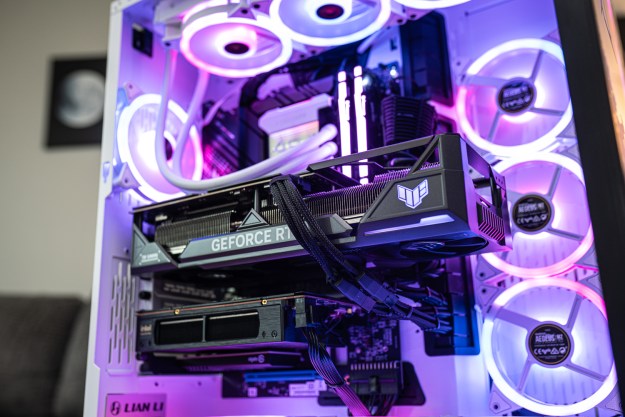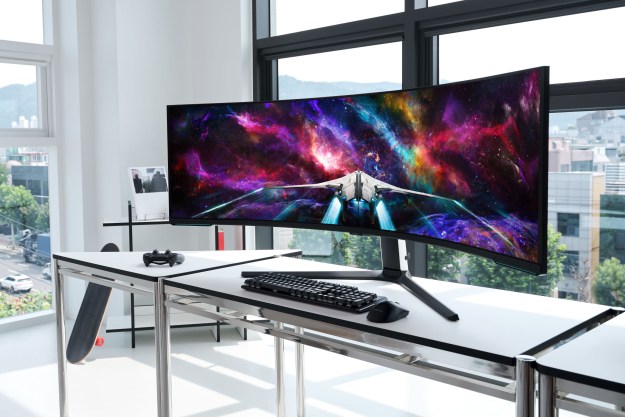
Concerning H.265, or HEVC
Why should you care about converting to H.265 for your video files? Several very important reasons — and the most important is that you soon won’t have much choice. The H.265 format, often called HEVC (high efficiency video coding), is being adopted as the new standard, particularly at the commercial level, and video creators/editors are slowly but surely being required to use it — especially for a little thing called 4K video.
However, moving from H.264 (or possibly MPEG-2) to HEVC comes with a lot of other advantages, too. This codec follows the same basic compression rules as its predecessors, but offers many more modes for intra prediction, support for greater prediction size, and fuller support for transforming. It also provides more customization for motion estimation blocks and a better in-look filter. You can take a look at more of the changes here, but it’s a significant overall upgrade, particularly for technical video editors.
265 UHDcode
If you decide to spring for x265, take a look at the latest tools when you update. The software upgrade will include UHDcode, a very handy HEVC decoder that you can use to render video frames in real time quickly and reliably. This comes in Windows DirectShow packaging but can handle all HEVC material, including 4K video. It’s a great little download and you may want to consider using it even if you decide to ultimately go with another encoder, as long as the two are compatible.

Pavtube Video Converter Ultimate
If open source isn’t really your thing and you want a more packaged toolkit with a friendly GUI, then take a look at Pavtube, which is designed to handle the H.265 format like a boss. The great thing about this tool is that it combines encoding, decoding, and converting into one piece of software, which may save you some valuable time based on your goals (plus it has big, easy buttons for amateurs). With it you can easily transcode video content, upconvert older HD video to the new format, or downsize larger videos without a loss of quality.
All this quick switching back and forth does come at a cost. The program is primarily designed for BD/DVD/video movies, and while it does have trim, crop, split, and merge functions, you will not be able to customize it to your specific situation. Also, there’s the cost. You can test the software for free but the full version will cost you around $65.
Please note that Pavtube is designed for Windows use specifically.

HandBrake
HandBrake is another encoding tool available for users who like to choose the best parts of other programs. Like the x265 Encoder it is open source, and the latest 0.10 version upgrades to H.265 compatibility. In fact, it even supports x265 directly, as well as features from linbpx, VP8, and other sources — giving you the option to mix and match your open source cereals in the same big bowl. If you have Windows, you can also get support for QuickSync video.
In addition to borrowing the encoder, HandBrake’s method of picking out features from various services means that you need a lot of support for everything to work, which could take time. On the plus side, you can have the best of several worlds with some effort.
It is also worth noting that HandBrake is one of those useful options that can also work on Mac OS X and Ubuntu, so it’s a bit more crossplatform than other tools. However, this can come at a cost, because video transcoding speeds can vary wildly from setup to setup. HandBrake is busy updating all its components and smoothing out the bumps in the road, but it’s a work in progress, so you may not see the same results you would in something like Pavtube.





